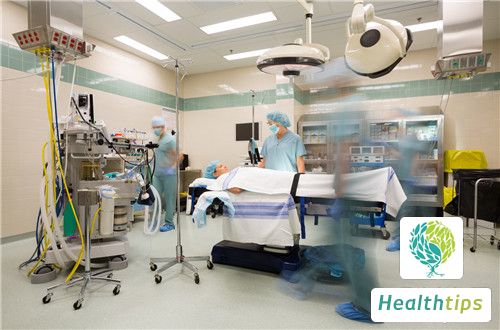Robotic surgery is a new type of minimally invasive surgical equipment. Robotic surgery provides more refined operations, especially for surgeries with high difficulty, such as those involving significant trauma, long duration, and high complexity. The use of three-dimensional imaging in robotic surgery allows for an enlarged surgical field of vision. Additionally, it offers higher comfort levels, reduced labor costs, more precise and accurate surgery, and shorter operation times. Here are some key points:

1. The three-dimensional imaging in robotic surgery can enlarge the surgical field of vision by 6 to 10 times, and the robotic arms have a high degree of freedom, able to rotate up to 540°.
2. Laparoscopic surgery involves manual operation of instruments through lever principles. The slight movements during operation are magnified within the abdominal cavity, which can easily lead to fatigue and tremors in the hands, causing inconvenience in operation. During the chief surgeon's operation, an assistant is required to monitor the operative site using an observation scope, introducing coordination issues between the two and reducing surgical efficiency. However, these issues do not exist in robotic surgery.
3. Robotic surgery has a shorter operative time. Similar to laparoscopic surgery, robotic surgery requires inflating the patient's abdominal cavity and placing trocars at suitable surgical sites to deliver surgical instruments to specific locations within the body. Although robotic surgery requires additional time to install and calibrate the robotic arms after this process, the total duration for more complex surgeries is shorter than laparoscopic surgery due to the flexibility and convenience of robotic operations.

